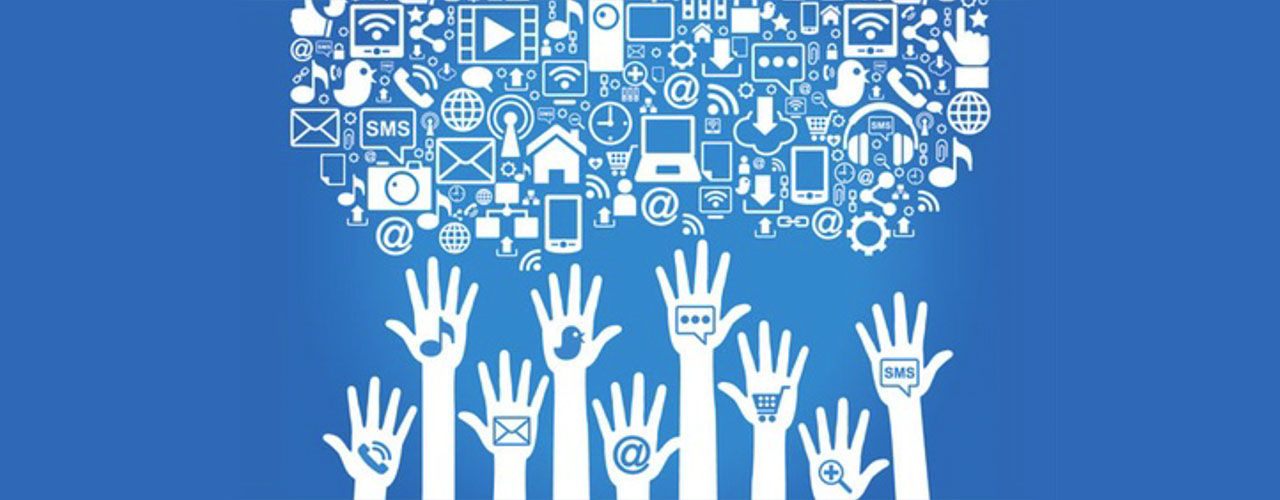Background and issues
Experiments using crowdsourcing tools are becoming increasingly common in municipalities around the world and hold great promise for urban design and management as well as citizen participation, on both a technical level (useful data) and a policy level (creating a shared vision).

Three main uses of these tools can be identified:
- moving towards an “omniscient” city;
- sharing the urban experience and its evaluation;
- building the city’s future collectively.
Three types of contributions are expected from citizens:
- mapping and reporting;
- expressing preferences and expectations;
- proposing ideas and projects to support public decision-making.
Cities should be mindful of the user experience the tools offer. Digital tools embed political “software” that defines their ability to provide transparency, a social experience, as well as the level of freedom and capacity building provided to citizens. We propose guidelines on taking this into account when designing tools.
Objectives
Urban crowdsourcing experiments are being conducted by public authorities, private stakeholders and citizens’ associations in France and around the world. The Urban Crowdsourcing project has provided key insights based on these experiments and analyses geared towards supporting the actors using or aiming to use these digital tools.
This project was conducted by Mathieu Saujot and Tatiana de Feraudy.





